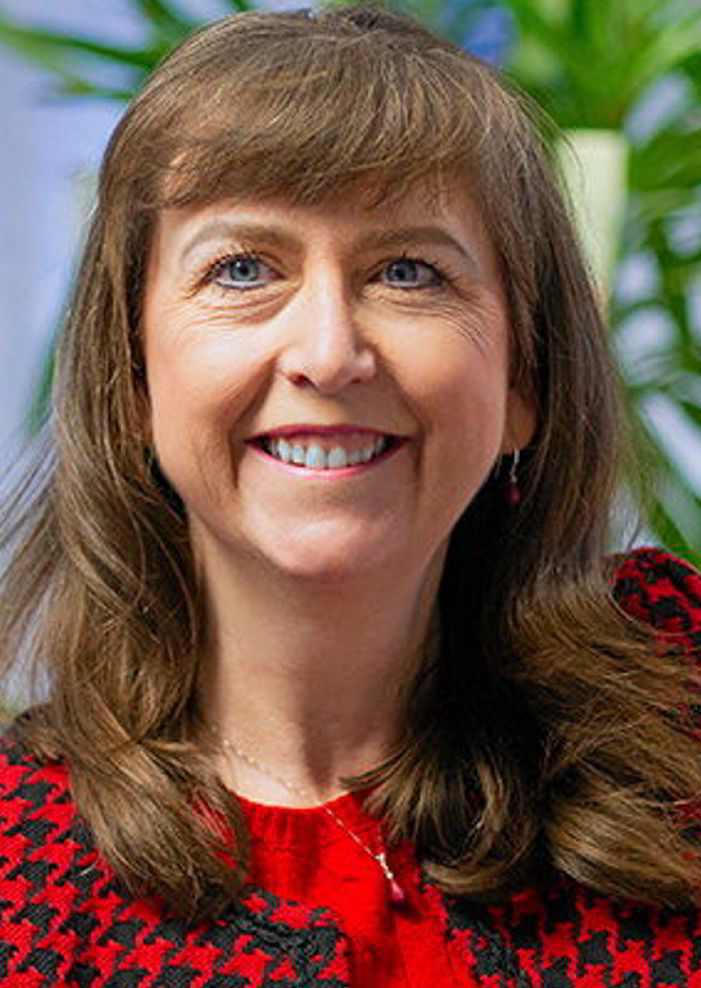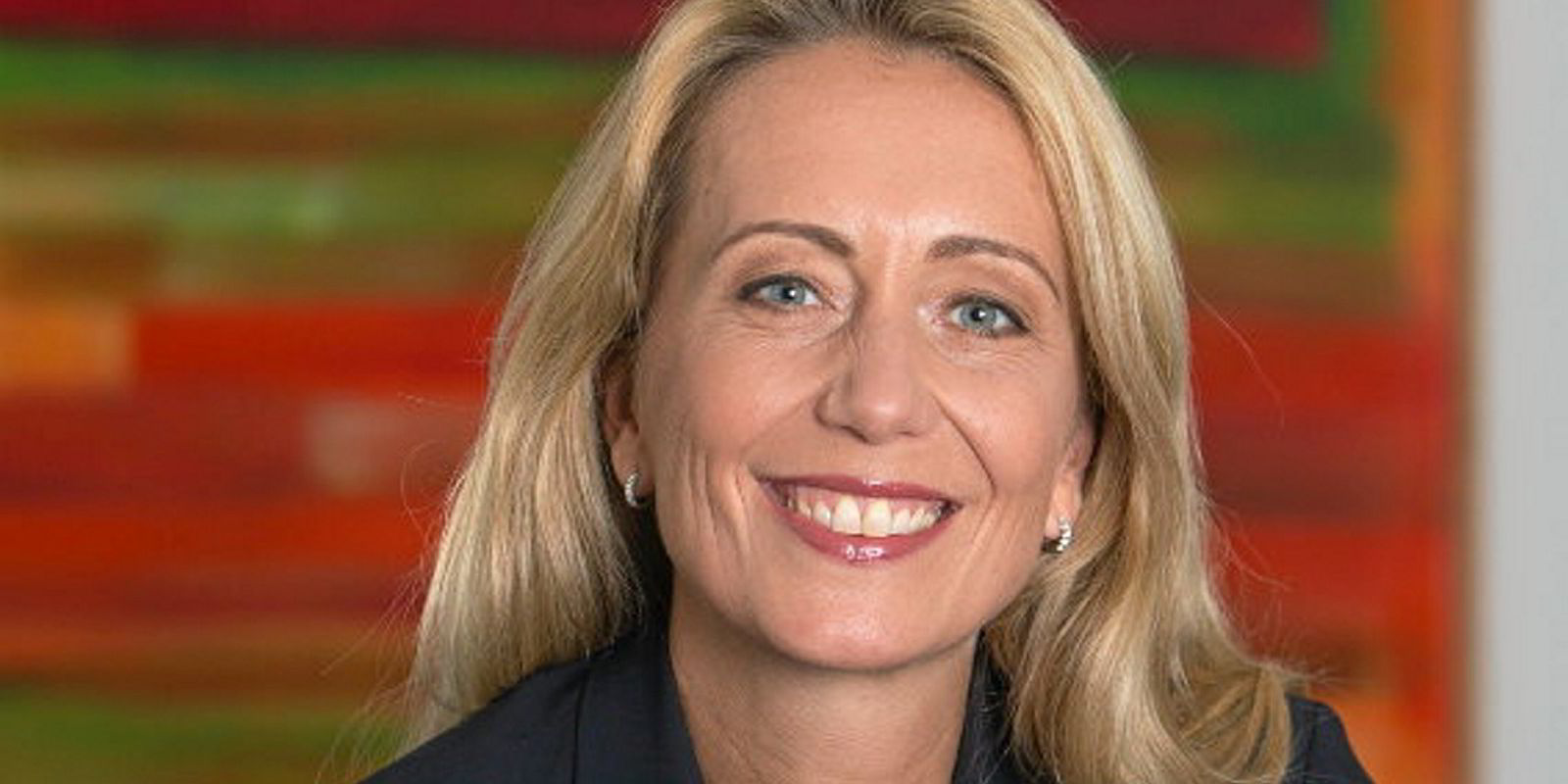Semiramis Paliou made headlines last month when she became Diana Shipping’s new chief executive, but despite such high-profile exceptions, surveys show that the industry faces a dearth of women in leadership roles, and their numbers could actually be falling.
Reporting data for 22,000 maritime professionals in 82 companies globally, the Maritime HR Association found that just 6% of shipping executives last year were female. In 2018, women made up 10% of the maritime executive workforce.
Publishing its first diversity report last November, the International Chamber of Shipping (ICS) revealed that only 32% of shipping companies had women in the boardroom.

“Historically, men at the top recruit people in their own image,” said Teresa Peacock, managing director of recruitment agency Spinnaker, which founded Maritime HR.
“It’s not a conscious move, but they want to sit around the table with like-minded people, so choose people in their own image.”
Social norms continue to be obstacles for many female professionals trying to climb the corporate ladder.
“Women are the ones who have the children; and they need to have the time off. This is still a massive stumbling block when it comes to women’s careers,” Peacock told TradeWinds. “So until domestic caring responsibilities are shared equally between men and women, we will struggle to get equality in the workplace.”

Clayton Wrenn, managing director of International Seaways’ lightering division, agreed that promoting a work-life balance for men and women is essential in addressing gender equality for any organisation.
“To increase the number of females in executive or board roles, organisations must institute real actions that will change processes and slowly but surely change the perception of historically ‘assigned’ gender roles,” she said.
Traditionally, shipping companies have tended to promote their employees from sea to shore, so those at top levels would have seafaring experience.

But the ICS report revealed that just 7.5% of seafarers were female, suggesting a small pool of candidates for firms that stick to this hiring strategy.
Kelsey Connolly, Faststream Recruitment’s shipping director, said most of the shipowners and ship managers she works with nowadays have strategic objectives to have more women on the board or at an executive level.
“Those who are achieving these objectives are thinking outside of the box when hiring,” she said. “They aren’t following the traditional route of ‘ship to shore to executive’.”
The companies have become more willing to accept candidates with “soft”, transferable skills, potentially from peripheral maritime segments or even other industries, Connolly added.
Some suggest the industry is embracing more outside talents due to new challenges such as digitalisation and decarbonisation.
“I think there is certainly an increasing recognition that more diversity will bring a different perspective,” said Annika Farin, global chair of headhunter Amrop Partnership, which this month launched an international maritime recruitment team.
Despina Theodosiou, who chairs the ICS women in shipping panel, said diversity hiring not only is “a matter of social responsibility”, it also helps build a sustainable business.
“We need fresh viewpoints and a different way of dealing with our issues and our response to them,” she added.
“This will present great opportunities for new people entering the industry with different skills and capabilities, including women and the younger generation.”





